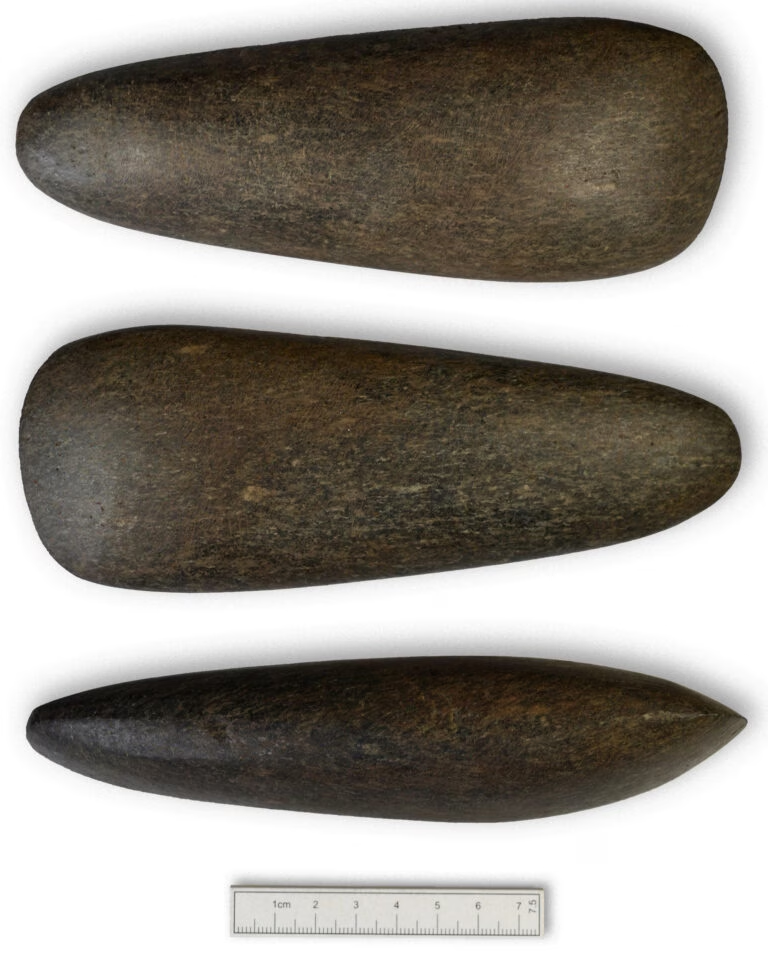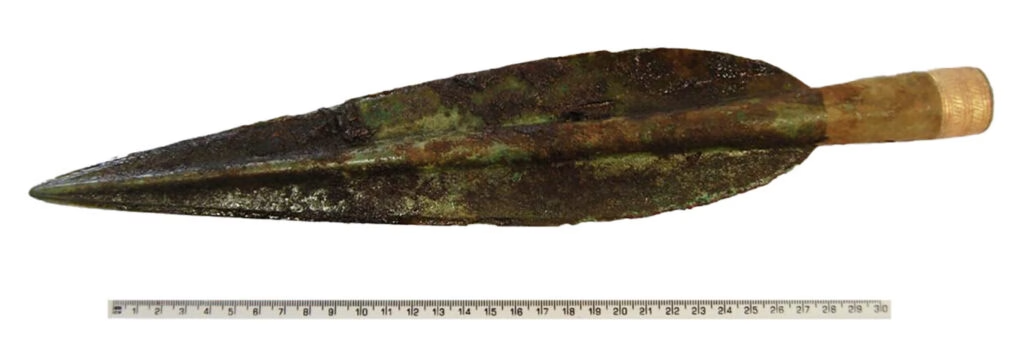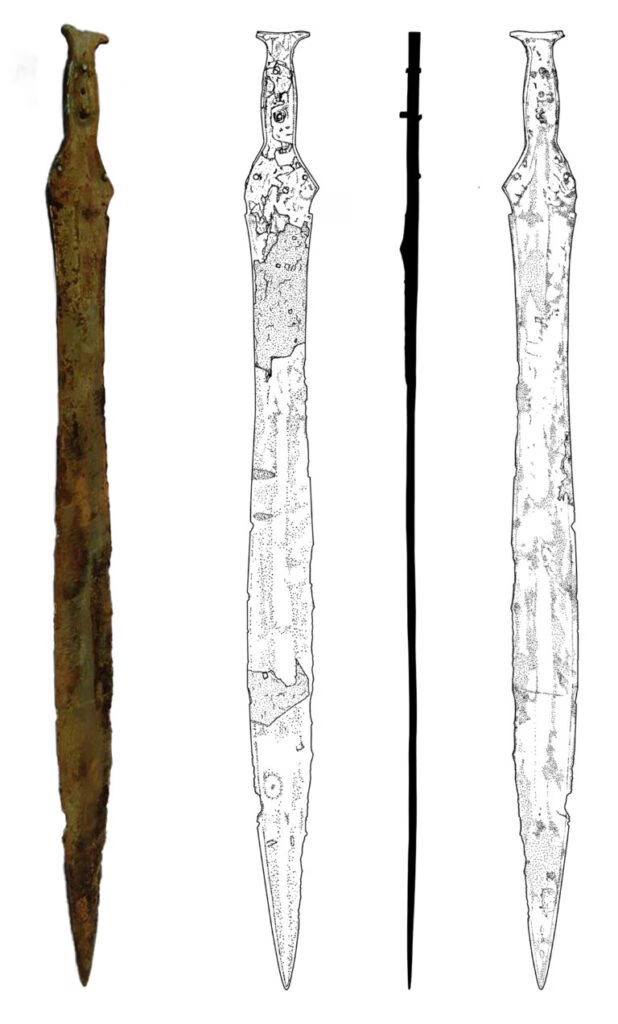Accidental discovery in Angus reveals one of Scotland’s most significant archaeological finds
A routine development project in the Angus region of Scotland has led to a remarkable archaeological discovery—one that could reshape our understanding of Neolithic life in Britain. While preparing to build football pitches in the town of Carnoustie, mandatory archaeological investigations revealed traces of a massive wooden structure dating back around 6,000 years—predating Stonehenge by approximately a millennium.
The excavation, carried out by GUARD Archaeology, uncovered the remains of a Neolithic timber hall measuring 35 meters long and 9 meters wide. This structure is now considered the largest Neolithic hall ever found in Scotland. Adjacent to the hall, a smaller domestic structure was discovered, suggesting the area served both daily living and ceremonial purposes.

An Accidental Find Unlocks Deep History
What makes this discovery even more striking is the fact that it was entirely unintentional—uncovered only due to public planning requirements. Angus Council had mandated an archaeological survey before the construction of the sports complex, never anticipating the scale of what lay beneath the soil.
“No one expected that building football fields would lead to one of Scotland’s most important archaeological discoveries,” said Angus Council CEO Kathryn Lindsay. “This site has provided rare and valuable insights into life in Neolithic and Bronze Age Angus.”

A Ceremonial Hub and Network of Social Ties
In addition to the monumental timber hall, archaeologists unearthed ritual deposits of stone tools and rare artifacts. These finds indicate that the site hosted seasonal feasts, symbolic ceremonies, and gatherings of social importance. Artifacts made of exotic stones sourced from distant locations also suggest the Carnoustie community was part of a broad network of trade and cultural exchange.
Bronze Age Treasure: Echoes of Elites
Another major discovery at the site was a Bronze Age treasure hoard dating to around 1100 BCE. Found beneath the floor of a roundhouse, the hoard included a bronze sword, a gold-decorated spearhead, and ornate pins. These high-status objects were wrapped in sheep’s wool and textile before burial—likely as part of a ceremonial interment ritual. Archaeologists believe the items belonged to members of the elite class.

A Glimpse Into the Past Through Modern Development
Ultimately, this unexpected discovery underscores how contemporary development can bring history back to life. What began as a standard construction project has instead uncovered evidence of a vibrant, complex society stretching back thousands of years. The site not only enriches our understanding of ancient life in Scotland, but also offers a compelling case for the value of heritage preservation alongside modern urban growth.
Cover Image Credit: GUARD Archaeologists excavating the long Neolithic Hall at Carnoustie. Credit: GUARD Archaeology




